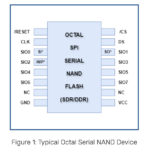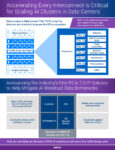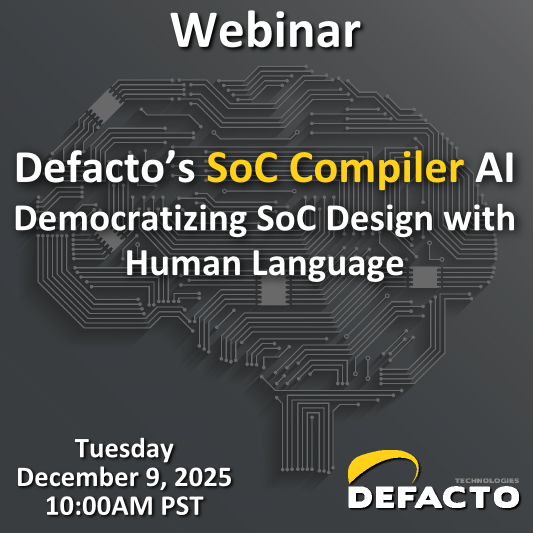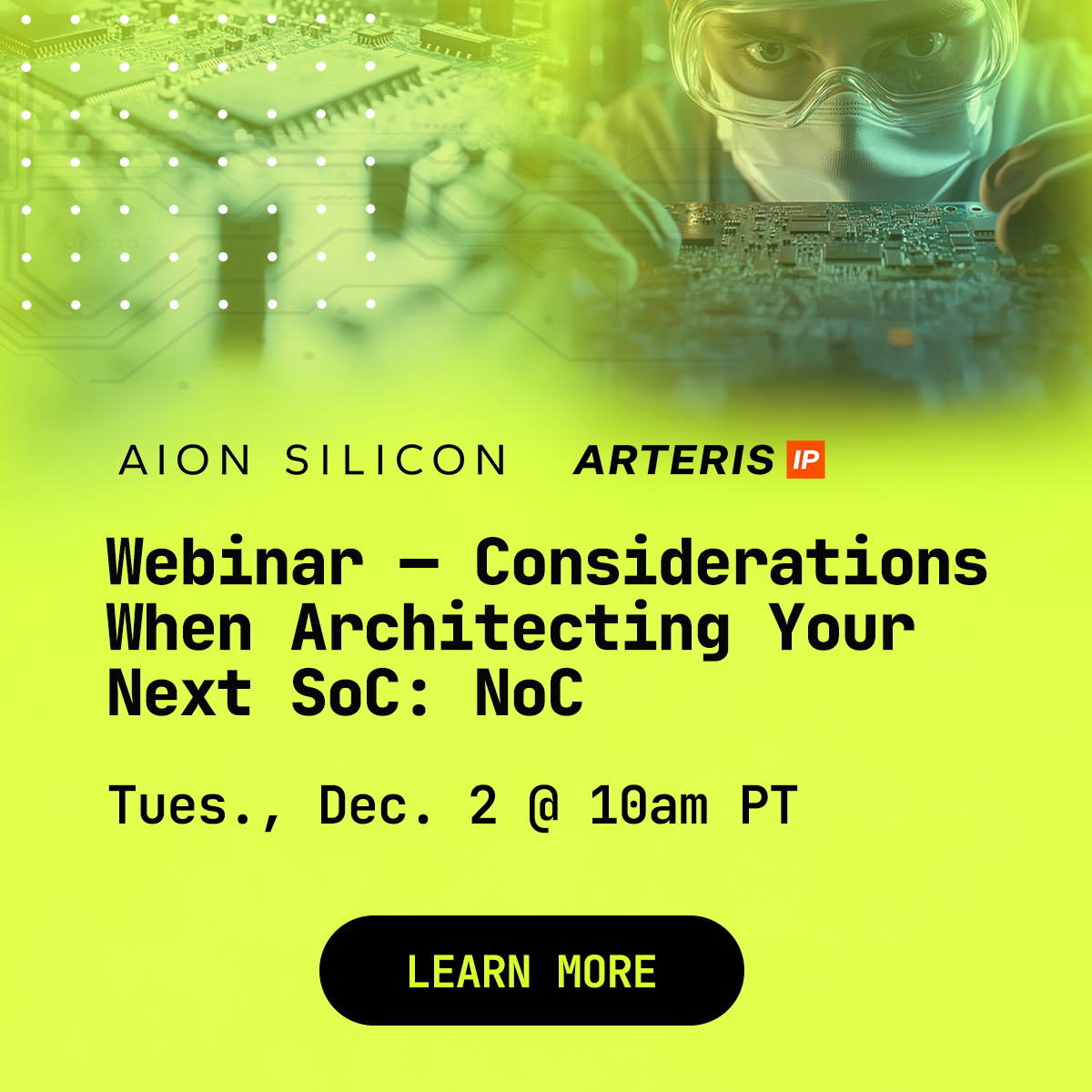As the automotive industry continues to evolve, the demands for high-capacity, high-speed storage solutions are intensifying. Autonomous vehicles and V2X (Vehicle-to-Everything) communication systems generate and process massive amounts of data, necessitating advanced storage technologies capable of meeting these… Read More
Author: Kalar Rajendiran
Overcoming Verification Challenges of SPI NAND Flash Octal DDR
The Impact of UCIe on Chiplet Design: Lowering Barriers and Driving Innovation
The semiconductor industry is experiencing a significant transformation with the advent of chiplet design, a modular approach that breaks down complex chips into smaller, functional blocks called chiplets. A chiplet-based design approach offers numerous advantages, such as improved performance, reduced development … Read More
Mitigating AI Data Bottlenecks with PCIe 7.0
During a recent LinkedIn webcast, Dr. Ian Cutress, Chief Analyst at More than Moore and Host at TechTechPotato, and Priyank Shukla, Principal Product Manager at Synopsys, shared their thoughts regarding the industry drivers, design considerations, and critical advancements in compute interconnects enabling data center… Read More
Alphawave Semi Tapes Out Industry-First, Multi-Protocol I/O Connectivity Chiplet for HPC and AI Infrastructure
In the rapidly evolving landscape of high-performance computing (HPC) and artificial intelligence (AI), the demand for increased processing power, efficiency, and scalability is ever-growing. Traditional monolithic chip designs are increasingly unable to keep pace with these demands, leading to the emergence of chiplets… Read More
Empowering AI, Hyperscale and Data Center Connectivity with PAM4 SerDes Technology
The rapid expansion of data-intensive applications, such as artificial intelligence (AI), high-performance computing (HPC), and 5G, necessitates connectivity solutions capable of handling massive amounts of data with high efficiency and reliability. The advent of 224G/112G Serializer/Deserializer (SerDes) technology,… Read More
Cadence® Janus™ Network-on-Chip (NoC)
A Network-on-Chip (NoC) IP addresses the challenges of interconnect complexity in SoCs by significantly reducing wiring congestion and providing a scalable architecture. It allows for efficient communication among numerous initiators and targets with minimal latency and high speed. A NoC facilitates design changes, enabling… Read More
Synopsys’ Strategic Advancement with PCIe 7.0: Early Access and Complete Solution for AI and Data Center Infrastructure
In the rapidly evolving world of high-performance computing (HPC) and artificial intelligence (AI), technological advancements must keep pace with increasing demands for speed, efficiency, and security. Synopsys recently announced the industry’s first complete PCIe 7.0 IP solution. This groundbreaking initiative addresses… Read More
Synopsys-AMD Webinar: Advancing 3DIC Design Through Next-Generation Solutions
Introduction of 2.5D and 3D multi-die based products are helping extend the boundaries of Moore’s Law, overcoming limitations in speed and capacity for high-end computational tasks. In spite of its critical function within the 3DIC paradigm, the interposer die’s role and related challenges are often neither fully comprehended… Read More
Driving Data Frontiers: High-Performance PCIe® and CXL® in Modern Infrastructures
The increasing demands of data-intensive applications necessitate more efficient storage and memory utilization. The rapid evolution of AI workloads, particularly with Generative AI (GenAI), demands infrastructure that can adapt to diverse computational needs. AI models vary widely in resource requirements, necessitating… Read More
3DIC Verification Methodologies for Advanced Semiconductor ICs
At the recent User2user conference, Amit Kumar, Principal Hardware Engineer, Microsoft, shared the company’s experience from building a 3DIC SoC and highlighted Siemens EDA tools that were used. The following is a synthesis of core aspects of that talk.
3DIC Challenges
Despite the numerous advantages of 3DIC technology, its… Read More


















An Insight into Building Quantum Computers